Home>Garden Essentials>Why Is The Infill Brittle
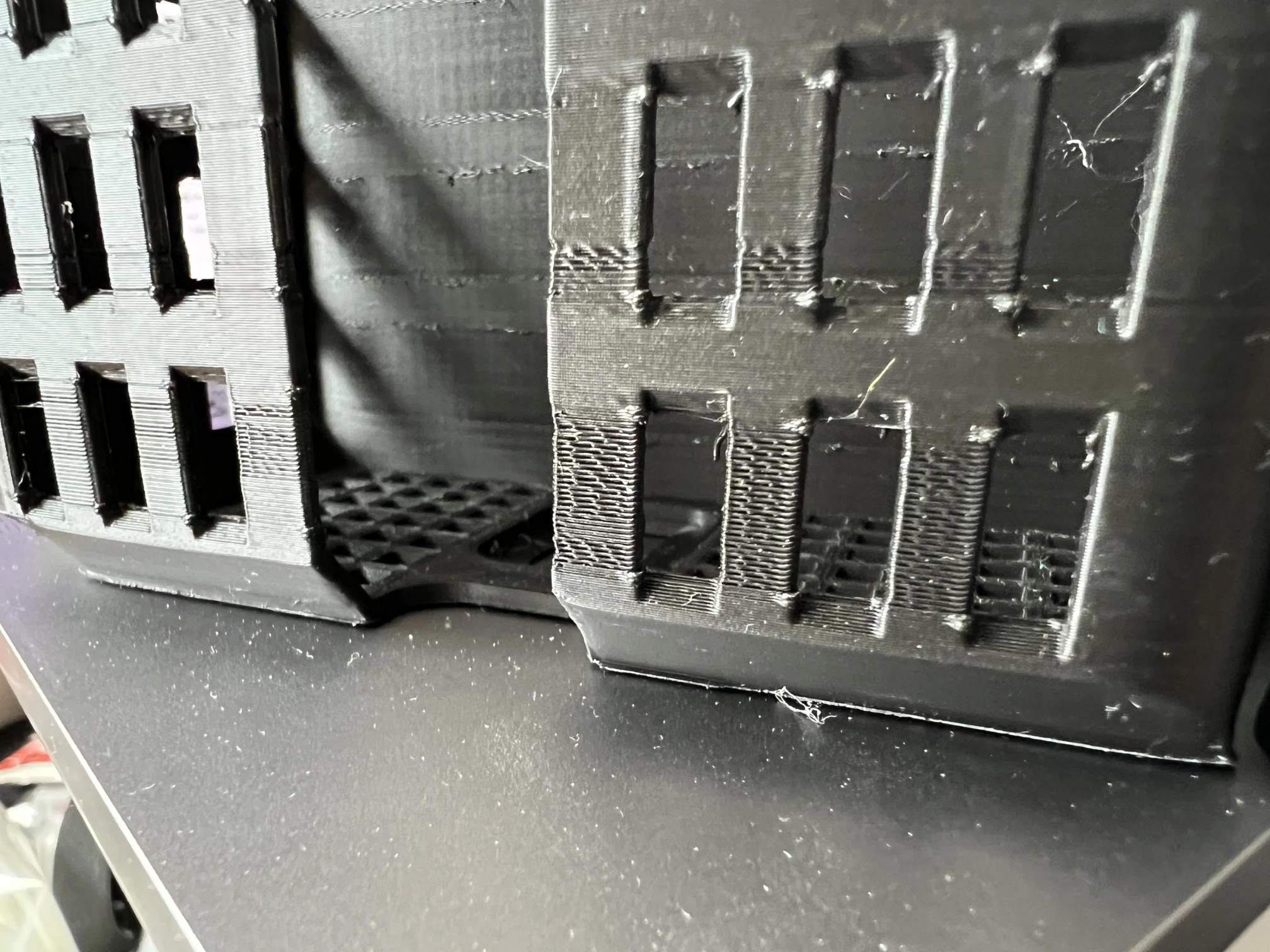

Garden Essentials
Why Is The Infill Brittle
Modified: August 24, 2024
Discover why the infill in your garden may be brittle and learn how to prevent it to maintain a lush and healthy outdoor space.
(Many of the links in this article redirect to a specific reviewed product. Your purchase of these products through affiliate links helps to generate commission for Storables.com, at no extra cost. Learn more)
Introduction
When it comes to gardening, one of the key factors that contribute to the overall health and success of your plants is the quality of the soil. While fertile soil and ample sunlight are vital, the infill material used in your garden can also play a crucial role in supporting plant growth.
In simple terms, infill refers to the material that is used to fill the space between plants in a garden bed or container. It serves various purposes, such as providing stability and structure to the plants, retaining moisture, allowing for proper drainage, and preventing weed growth.
There are several types of infill materials available, including organic options like compost or mulch, as well as inorganic materials like gravel or sand. Each type of infill has its own unique set of properties and characteristics, which can significantly impact the overall performance and durability of your garden.
In this article, we will delve deeper into the concept of infill in gardening and explore why certain types of infill materials can be prone to brittleness. By understanding the factors that contribute to infill brittleness, you will be better equipped to select the right infill material for your garden and ensure the long-term success of your plants.
Key Takeaways:
- Choose infill materials wisely to support plant growth, considering water retention, drainage, and stability. Organic options offer nutrient enrichment, while inorganic materials provide durability. Regular maintenance is essential for longevity.
- Environmental factors and material composition impact infill brittleness. Consider temperature, UV radiation, moisture, and maintenance when selecting infill materials. Choose wisely to ensure a thriving garden.
Read more: How To Store Homemade Peanut Brittle
Definition of Infill
In the context of gardening, infill refers to the material used to fill the gaps between plants in a garden bed or container. It serves multiple purposes, including providing support, improving moisture retention and drainage, and preventing weed growth.
Infill materials can be categorized into two main types: organic and inorganic. Organic infill materials are derived from natural sources, such as compost, mulch, or peat moss. These materials offer several benefits, including nutrient enrichment of the soil, increased water retention, and improved soil structure. In contrast, inorganic infill materials are typically non-natural substances like gravel, sand, or rubber mulch. These materials are often chosen for their durability and low-maintenance qualities.
The choice of infill material depends on various factors, including the specific gardening goals, the types of plants being grown, and the environmental conditions. Each type of infill material has its own unique set of properties and characteristics, which can impact plant growth and the overall health of the garden.
It is important to note that the infill material should be carefully selected based on the specific needs of the plants. For example, certain plants may thrive better in soil enriched with organic infill materials, while others may prefer the structure and stability provided by inorganic infill materials.
Overall, infill plays a crucial role in providing the necessary support, stability, and moisture balance for the plants in a garden. By understanding the definition and significance of infill, gardeners can make informed decisions when selecting the most suitable material to promote healthy plant growth and maximize the overall success of their gardening endeavors.
Properties of Infill Materials
The properties of infill materials in gardening can vary depending on whether they are organic or inorganic. Understanding these properties is key to selecting the right infill material for your garden. Here are some important properties to consider:
- Water Retention: One of the essential properties of infill materials is their ability to retain water. Organic infill materials, such as compost and mulch, have excellent water retention capabilities. They can absorb and hold moisture, providing a steady water supply to the plants and reducing the frequency of watering. In contrast, inorganic materials like gravel or sand have less water retention capacity and may require more frequent irrigation.
- Drainage: Good drainage is crucial to prevent water stagnation and root rot. Infill materials should allow excess water to drain away efficiently. Organic materials like compost and peat moss have high water-holding capacity while still allowing water to drain slowly. Inorganic materials like gravel or sand provide better drainage and can prevent waterlogged conditions.
- Nutrient Content: Organic infill materials are rich in nutrients and can enhance soil fertility. Compost, for example, contains a wide range of essential nutrients that can support plant growth and development. Inorganic materials, on the other hand, may not provide significant nutrient content and may require additional fertilization.
- Structural Stability: Infill materials should provide structural stability to support the plants. Inorganic materials like gravel or sand offer better stability, especially for tall or top-heavy plants. They can help anchor the roots and prevent plants from toppling over. Organic materials like mulch may break down over time and may require replenishment to maintain stability.
- Weed Control: Infill materials can also contribute to weed control in the garden. Organic mulch, for example, can act as a natural weed barrier by blocking sunlight and preventing weed growth. Inorganic materials like gravel can also inhibit weed growth by creating a physical barrier on the soil surface.
These properties play a critical role in determining the success of your garden. Consider the specific needs of your plants, the environmental conditions, and your desired maintenance level when selecting the infill material for your garden. By choosing a material with the right properties, you can create an optimal growing environment and ensure the health and vitality of your plants.
Factors Affecting Infill Brittleness
Brittleness is a common issue that can affect certain types of infill materials in gardening. Understanding the factors that contribute to infill brittleness is essential for selecting a durable and long-lasting material for your garden. Here are some key factors to consider:
- Infill Material Composition: The composition of the infill material plays a significant role in its brittleness. Certain materials, such as rubber mulch or synthetic fibers, may be more prone to brittleness due to their inherent characteristics. These materials can become brittle over time, especially when exposed to harsh environmental conditions like extreme temperatures or UV radiation.
- Age and Weathering: The age and weathering of the infill material can affect its brittleness. Over time, exposure to sunlight, moisture, and other environmental factors can cause degradation and deterioration of the material. This can lead to a loss of flexibility and an increase in brittleness, making the infill more prone to breakage or crumbling.
- Temperature Extremes: Extreme temperatures, both hot and cold, can have a significant impact on the brittleness of infill materials. In areas with high heat or prolonged exposure to sunlight, the infill may become brittle and susceptible to cracking or fracturing. Similarly, in regions with freezing temperatures, infill materials can become brittle and fragile, especially if they retain moisture and undergo freeze-thaw cycles.
- Moisture Content: The moisture content of the infill material can also influence its brittleness. Excessive moisture or poor drainage can cause the material to become waterlogged and weaken its structural integrity. On the other hand, extreme dryness can dehydrate the infill material, leading to increased brittleness.
- Maintenance and Care: Proper maintenance and care can significantly impact the longevity and brittleness of the infill material. Regular upkeep, such as removing debris, preventing weed growth, and maintaining appropriate moisture levels, can help ensure the durability of the material. Neglecting maintenance, on the other hand, can contribute to the deterioration and brittleness of the infill.
It is important to consider these factors when selecting an infill material for your garden. Choose a material that is resistant to brittleness and can withstand the specific environmental conditions of your area. Proper maintenance and care can also help prolong the life of the infill and reduce the risk of brittleness over time.
Material Selection and Composition
When it comes to selecting the right infill material for your garden, considering the composition of the material is crucial. The composition of the infill impacts not only its performance but also its susceptibility to brittleness. Here are some factors to consider when choosing an infill material:
Organic Materials: Organic infill materials, such as compost, mulch, or peat moss, are derived from natural sources. These materials are rich in nutrients and can improve soil fertility. They have excellent water retention properties and can help maintain moisture levels in the soil. However, organic materials may break down over time and require regular replenishment. They are generally less prone to brittleness compared to inorganic materials.
Inorganic Materials: Inorganic infill materials, including gravel, sand, or rubber mulch, are made from non-natural substances. These materials offer durability, stability, and low-maintenance qualities. Inorganic materials provide good drainage and are resistant to degradation. However, certain inorganic materials like rubber mulch may become brittle over time due to exposure to UV radiation and extreme temperatures.
Material Compatibility: Consider the specific needs of your plants when selecting an infill material. Some plants prefer a more organic environment, while others thrive in well-drained, inorganic conditions. Different types of plants have varying requirements for water retention, nutrient content, and soil structure. Choose an infill material that aligns with the needs of your plants to promote optimal growth.
Environmental Considerations: Evaluate the environmental factors in your area when selecting an infill material. Take into account the temperature extremes, sunlight exposure, and moisture levels. Some materials may be more suitable for hot and dry climates, while others may perform better in cooler or wetter regions. Consider the durability and resistance to brittleness of the infill material under the specific environmental conditions of your garden.
Manufacturer’s Recommendations: Consult the manufacturer’s recommendations for the infill material you are considering. They may provide information on the composition, performance, and expected lifespan of the material. Manufacturers often conduct tests and research to determine the durability and resistance of their products to brittleness. Following their guidelines can help you make an informed decision.
By carefully considering the composition of the infill material and its compatibility with your plants and environment, you can choose a durable and long-lasting infill that minimizes the risk of brittleness. Remember to also consider maintenance requirements and regular care to ensure the longevity of your chosen infill material.
Ensure that the infill material is properly dried before use to prevent brittleness. Moisture in the material can cause it to become brittle, so storing it in a dry environment is important.
Read more: How To Spread Infill Without Infill Machine
Environmental Factors
Environmental factors can greatly influence the brittleness of infill materials in a garden. Understanding these factors is important for selecting a material that can withstand the specific conditions in your garden. Here are some key environmental factors to consider:
Temperature Extremes: Extreme temperatures, whether hot or cold, can impact the brittleness of infill materials. High temperatures and prolonged exposure to sunlight can cause certain materials to become brittle and prone to cracking or breaking. In contrast, freezing temperatures can cause materials to become rigid and fragile. Consider the climate in your area and choose an infill material that can withstand the temperature extremes.
UV Radiation: Exposure to UV radiation from sunlight can also contribute to the brittleness of infill materials. Over time, UV rays can degrade the structure of certain materials, leading to increased brittleness and potential breakage. In areas with intense sunlight, it is essential to select infill materials that are resistant to UV radiation to ensure their durability.
Moisture Levels: Moisture content in the soil and surrounding environment can affect the brittleness of infill materials. Excessive moisture can cause materials to become waterlogged and weak, while extreme dryness can dehydrate them, leading to increased brittleness. It is important to choose infill materials that can withstand the moisture levels in your garden and provide proper drainage to prevent issues related to brittleness.
Wind and Weather Conditions: Wind can also impact the brittleness of infill materials. Strong winds can cause materials to rub against each other or against the edges of garden beds, leading to increased wear and potential breakage. Additionally, harsh weather conditions like storms or heavy rainfall can affect the structural integrity of infill materials. Consider the wind patterns and prevalent weather conditions in your area when choosing infill materials that can withstand such challenges.
Salt and Chemical Exposure: If your garden is exposed to saltwater or chemicals, such as those used for de-icing or pest control, it is important to select infill materials that are resistant to chemical corrosion and brittleness. Certain materials may react adversely to exposure to salts or chemicals, leading to degradation and increased brittleness. Opt for materials that are known for their durability and resistance to such exposure.
By considering these environmental factors, you can choose an infill material that is resilient, durable, and less prone to brittleness. Taking into account the specific conditions in your garden will help ensure the long-term performance and stability of the infill material, ultimately contributing to the overall success of your gardening endeavors.
Manufacturing Processes
The manufacturing process of infill materials can impact their overall quality, durability, and resistance to brittleness. Understanding the manufacturing processes can help you choose infill materials that have been produced with care and adhere to high standards. Here are some key aspects to consider:
Material Selection: The first step in manufacturing infill materials is the selection of the raw materials. Depending on the desired properties of the infill, different materials may be chosen. It is important to select materials that have been tested and proven to have good durability as well as resistance to brittleness under various environmental conditions.
Production Techniques: The production techniques used in manufacturing infill materials can vary depending on the specific product. For organic infill materials, processes like composting, shredding, or grinding may be used to prepare the materials. Inorganic materials like rubber mulch may undergo processes such as grinding, refining, and blending to achieve the desired texture and quality.
Quality Control Measures: Manufacturers typically have quality control measures in place to ensure the consistency and integrity of their infill materials. This may include regular testing of raw materials, monitoring production processes, and conducting quality checks on the final product. By adhering to strict quality control measures, manufacturers can reduce the risk of producing infill materials that are prone to brittleness.
Treatment and Coating: Some infill materials may undergo additional treatment or coating processes to enhance their performance. For example, rubber mulch may be treated with UV stabilizers to increase its resistance to UV radiation and reduce the likelihood of brittleness. Coating processes can also improve the durability and longevity of the infill material, making it more resistant to environmental factors that can contribute to brittleness.
Research and Development: Reputable manufacturers invest in research and development to continually improve their infill materials. They may conduct studies and tests to identify ways to enhance the durability and resistance of their products to brittleness. Manufacturers that prioritize ongoing research and development are more likely to offer infill materials that have been designed to withstand the rigors of garden environments.
When selecting infill materials, it is important to research the manufacturing processes of different products and choose ones that have been manufactured with attention to detail and quality. Manufacturers with a strong reputation and a commitment to producing durable infill materials are more likely to provide products that are less susceptible to brittleness, ensuring the longevity and performance of your garden.
Impact on Performance and Durability
The choice of infill material can have a significant impact on the overall performance and durability of your garden. Understanding how different infill materials can affect plant growth and the long-term health of your garden is essential. Here are some key points to consider:
Plant Stability: The right infill material can provide stability and support to the plants in your garden. Materials like gravel or sand offer excellent stability, preventing plants from toppling over in strong winds or heavy rain. This can prevent damage to the plants and help maintain their optimal growth. In contrast, infill materials that are prone to brittleness may not provide adequate support, leading to instability and potential damage to the plants.
Water Management: Infill materials play a crucial role in managing water within the garden. They help retain moisture, promote proper drainage, and minimize water loss due to evaporation. Organic materials like mulch and compost have high water retention capacity, ensuring a steady water supply to the plants. Inorganic materials like gravel or sand allow for better drainage, preventing waterlogging. However, if infill materials become brittle, they may lose their water retention or drainage properties, adversely affecting plant health.
Weed Control: The choice of infill material can also impact weed growth in your garden. Organic mulch, for instance, acts as a natural weed barrier, preventing sunlight from reaching weed seeds and suppressing their growth. Inorganic materials like gravel or synthetic fabrics can also inhibit weed growth by creating a physical barrier. However, infill materials that become brittle can break down over time, reducing their effectiveness in weed control.
Longevity and Maintenance: The durability and resistance to brittleness of infill materials directly affect their longevity and maintenance requirements. Materials that can withstand environmental factors and maintain their integrity are likely to have a longer lifespan, reducing the need for frequent replacement. In contrast, brittle infill materials may deteriorate more quickly, requiring more frequent maintenance and replacement.
Aesthetics: Infill materials also contribute to the visual appeal of your garden. Different materials provide different textures and colors, allowing you to create a desired aesthetic. Whether you prefer the natural look of organic infill materials or the clean lines of inorganic options, choosing materials that maintain their appearance over time is key to preserving the overall beauty of your garden.
By carefully selecting infill materials that are resistant to brittleness and considering their impact on plant stability, water management, weed control, longevity, and aesthetics, you can ensure the optimal performance and durability of your garden. Regular maintenance and proper care of the infill materials can further contribute to the longevity and sustainability of your garden space.
Conclusion
Choosing the right infill material is crucial for creating a healthy and thriving garden. While infill materials serve various purposes, including stability, water management, and weed control, it is important to consider their resistance to brittleness. Understanding the factors that contribute to infill brittleness, such as material composition, age and weathering, temperature extremes, moisture content, and maintenance, can help you make an informed decision when selecting infill materials for your garden.
Organic infill materials like compost and mulch provide excellent water retention and nutrient enrichment, but they may require regular replenishment to maintain their stability. Inorganic materials like gravel or sand offer durability and good drainage capabilities, but certain options like rubber mulch may become brittle over time. By carefully considering the specific needs of your plants, the environmental conditions in your area, and the manufacturing processes of different infill materials, you can select a durable infill material that will support the growth and longevity of your plants.
The impact of infill materials goes beyond their performance and durability. They also play a role in water management, weed control, and the overall aesthetics of your garden. Proper maintenance and care are essential for preserving the integrity and effectiveness of the infill materials. Regular inspections, removal of debris, and appropriate moisture levels can help prolong their lifespan and minimize the risk of brittleness.
In conclusion, by considering the factors affecting infill brittleness and selecting infill materials that are resistant to brittleness, you can create a garden environment that fosters optimal plant growth and enhances the overall aesthetics of your outdoor space. Remember to choose materials that align with your specific gardening goals, the needs of your plants, and the environmental conditions in your area. With the right infill material, your garden will flourish and provide you with a beautiful and rewarding outdoor sanctuary.
Frequently Asked Questions about Why Is The Infill Brittle
Was this page helpful?
At Storables.com, we guarantee accurate and reliable information. Our content, validated by Expert Board Contributors, is crafted following stringent Editorial Policies. We're committed to providing you with well-researched, expert-backed insights for all your informational needs.
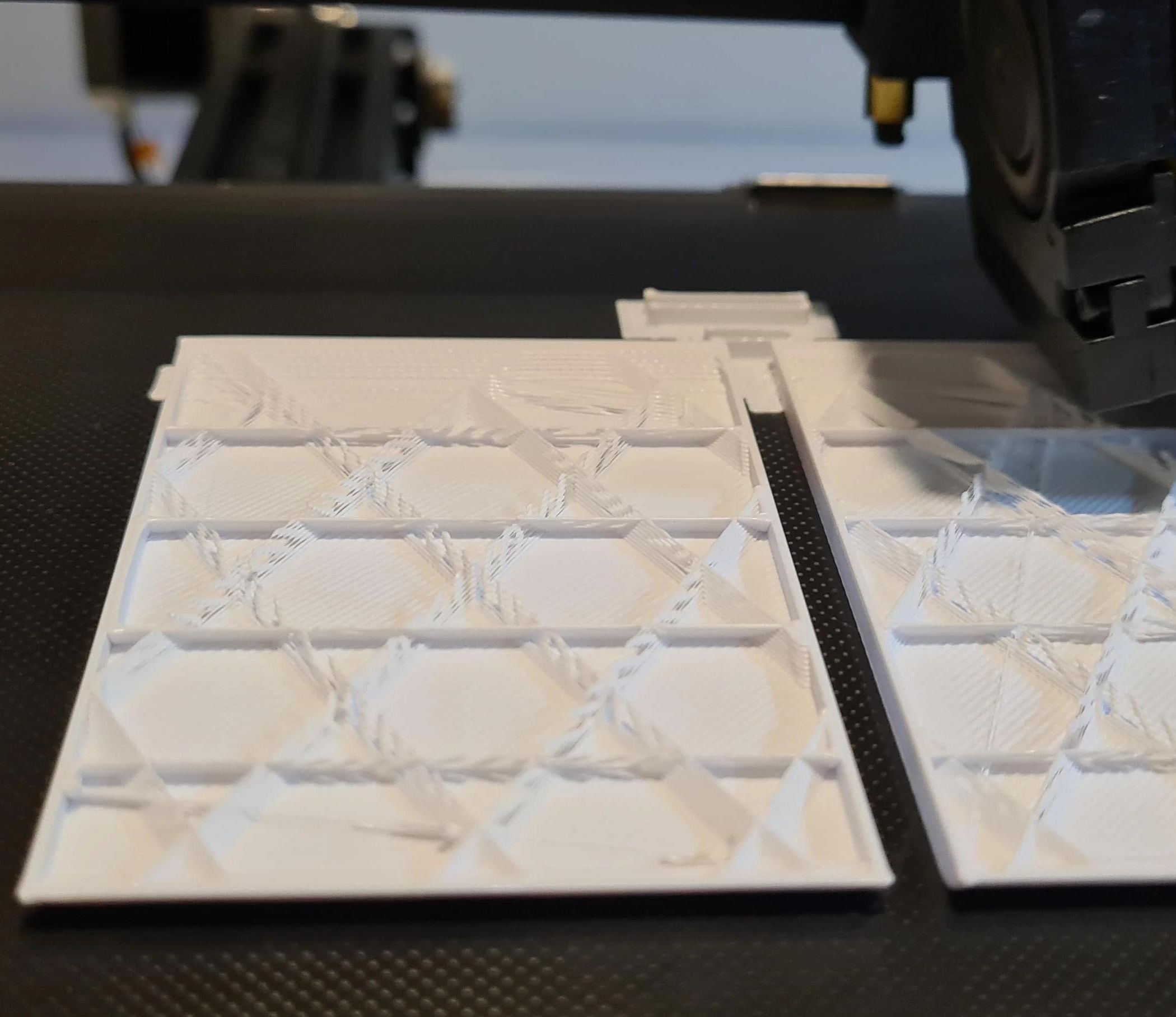
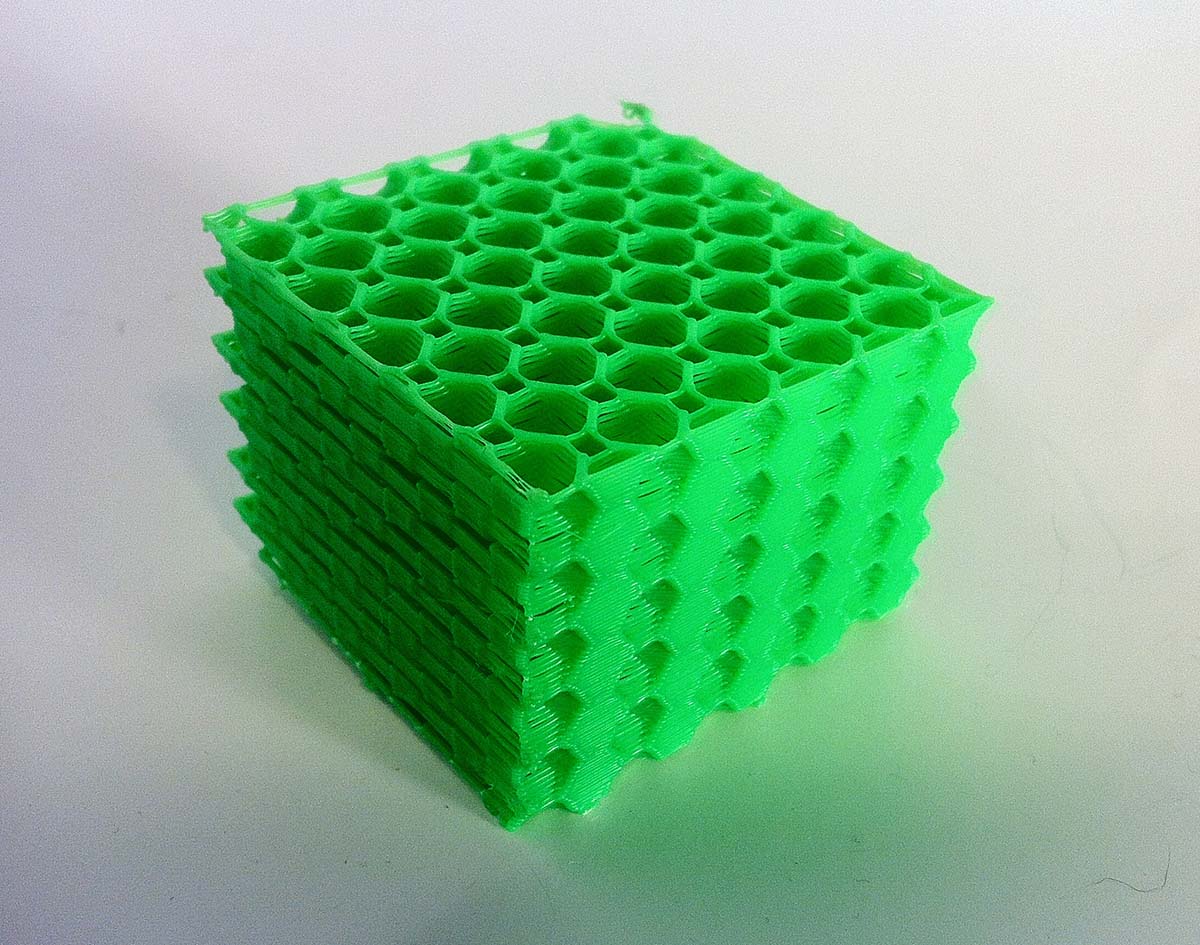
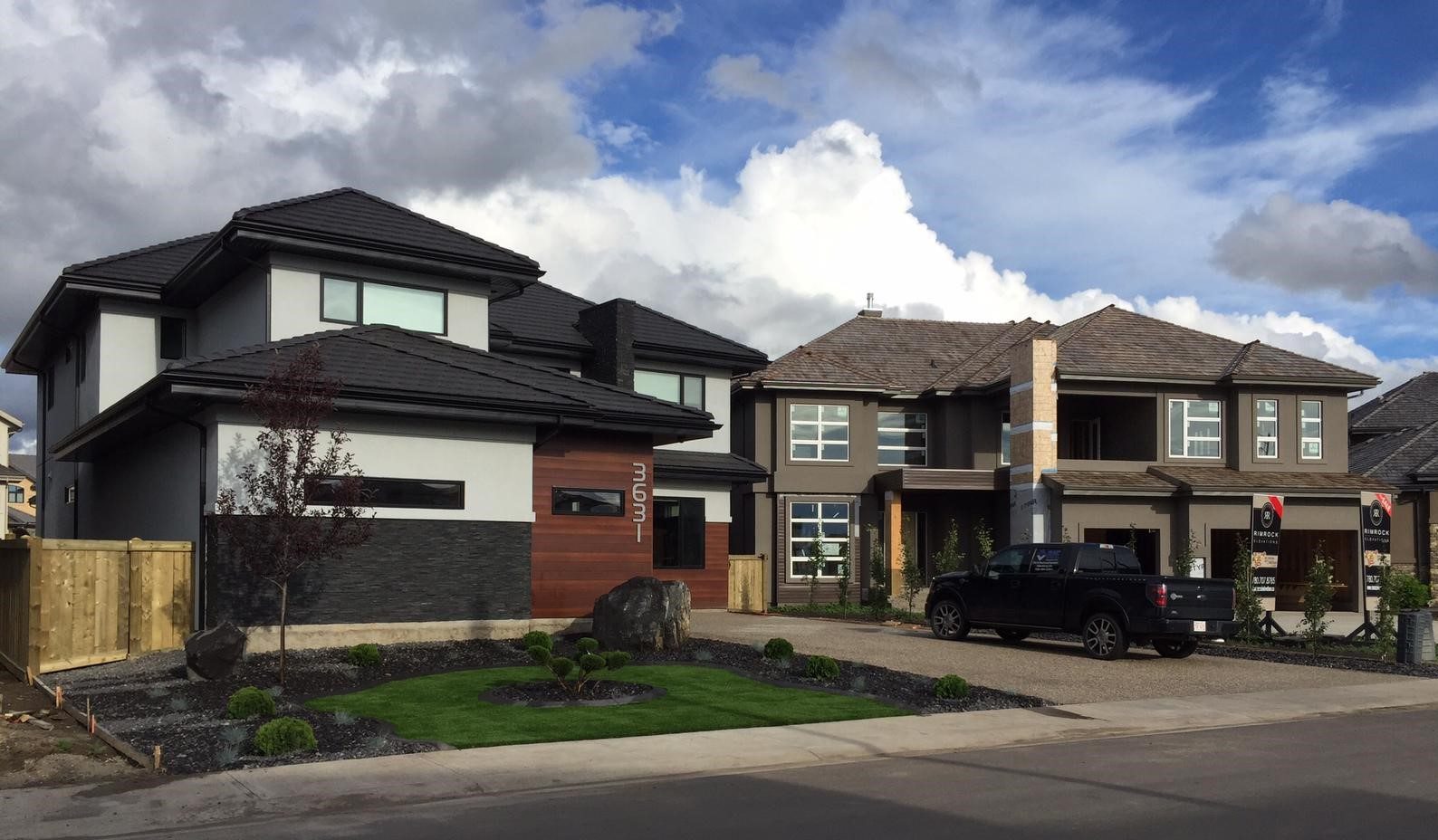
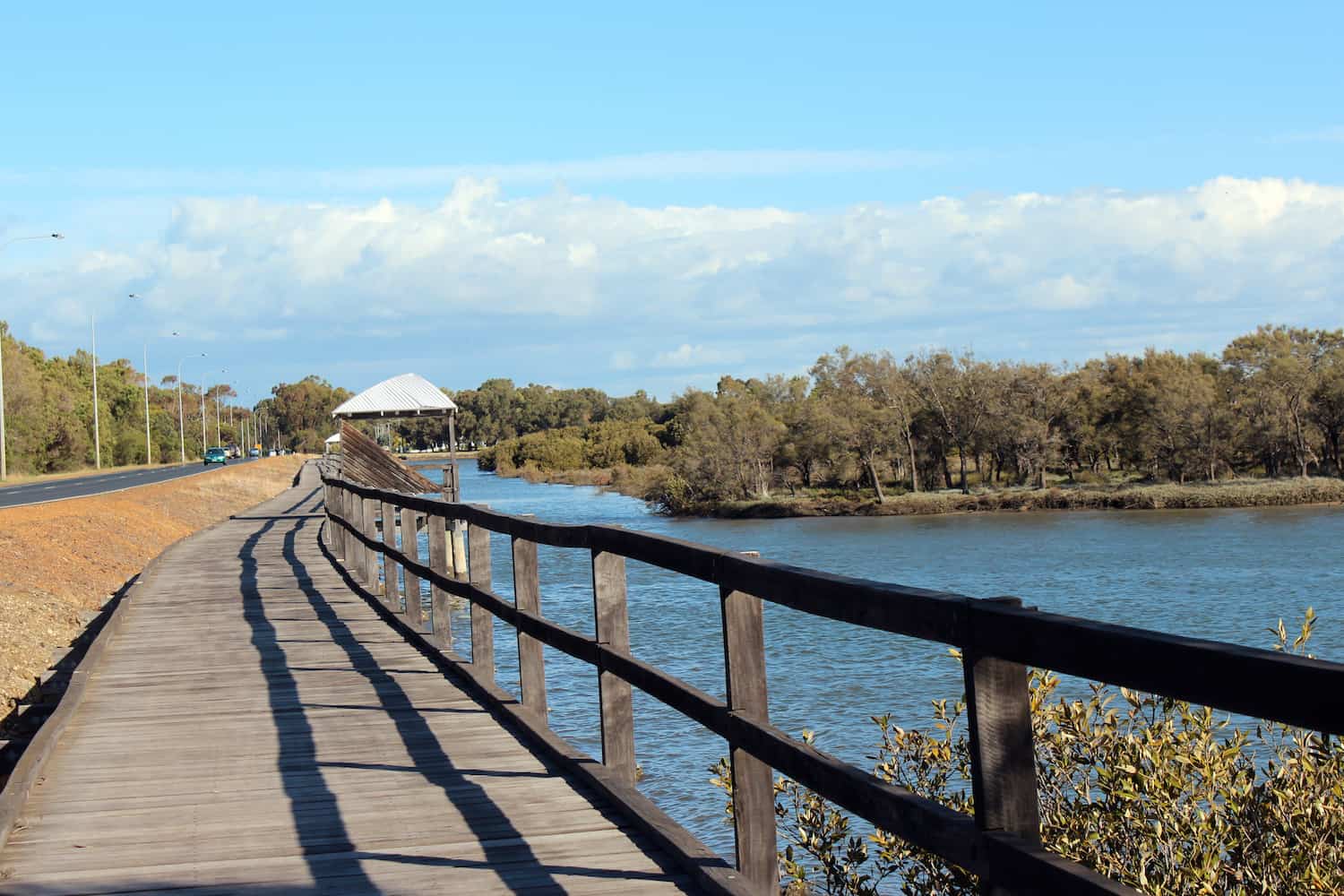

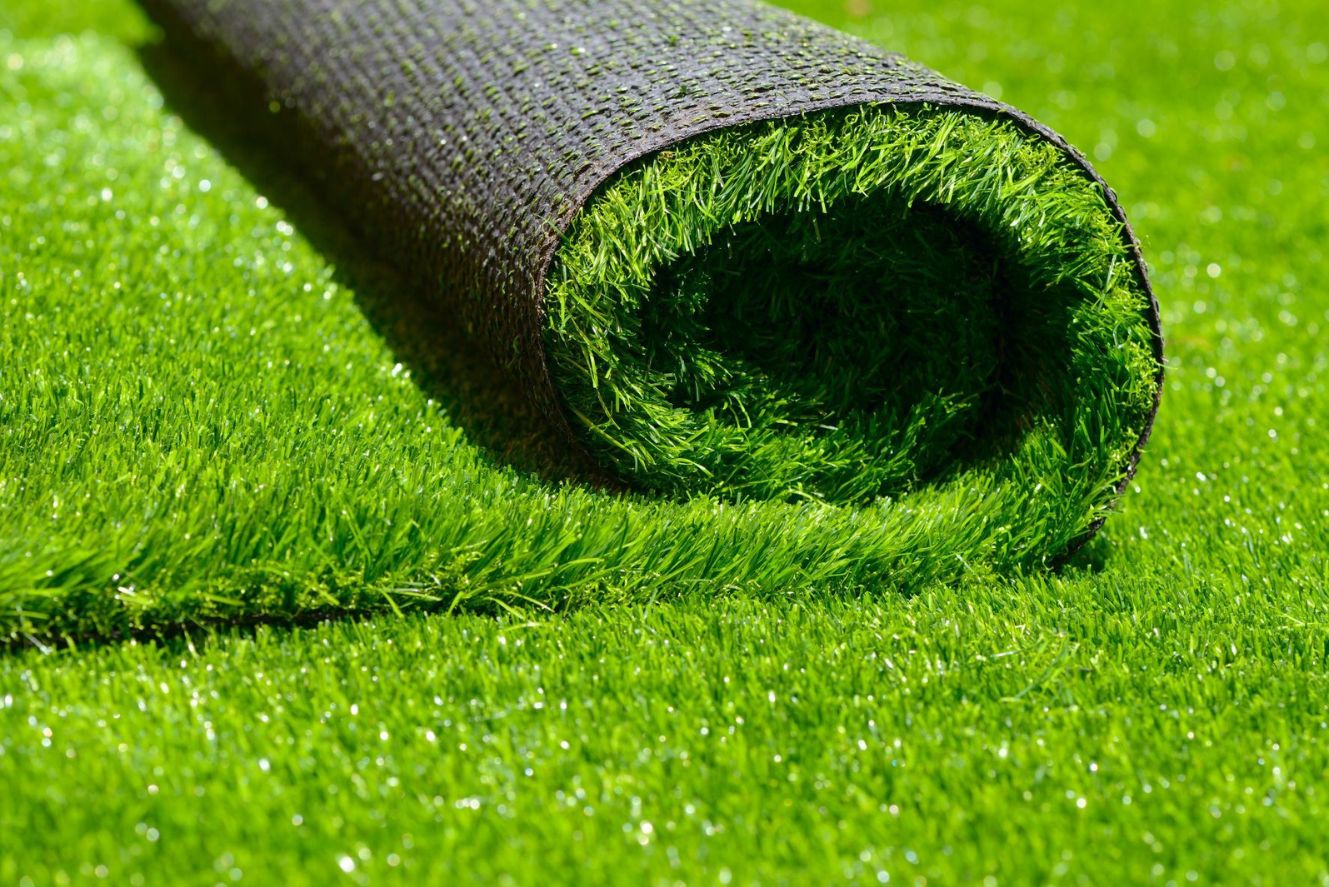
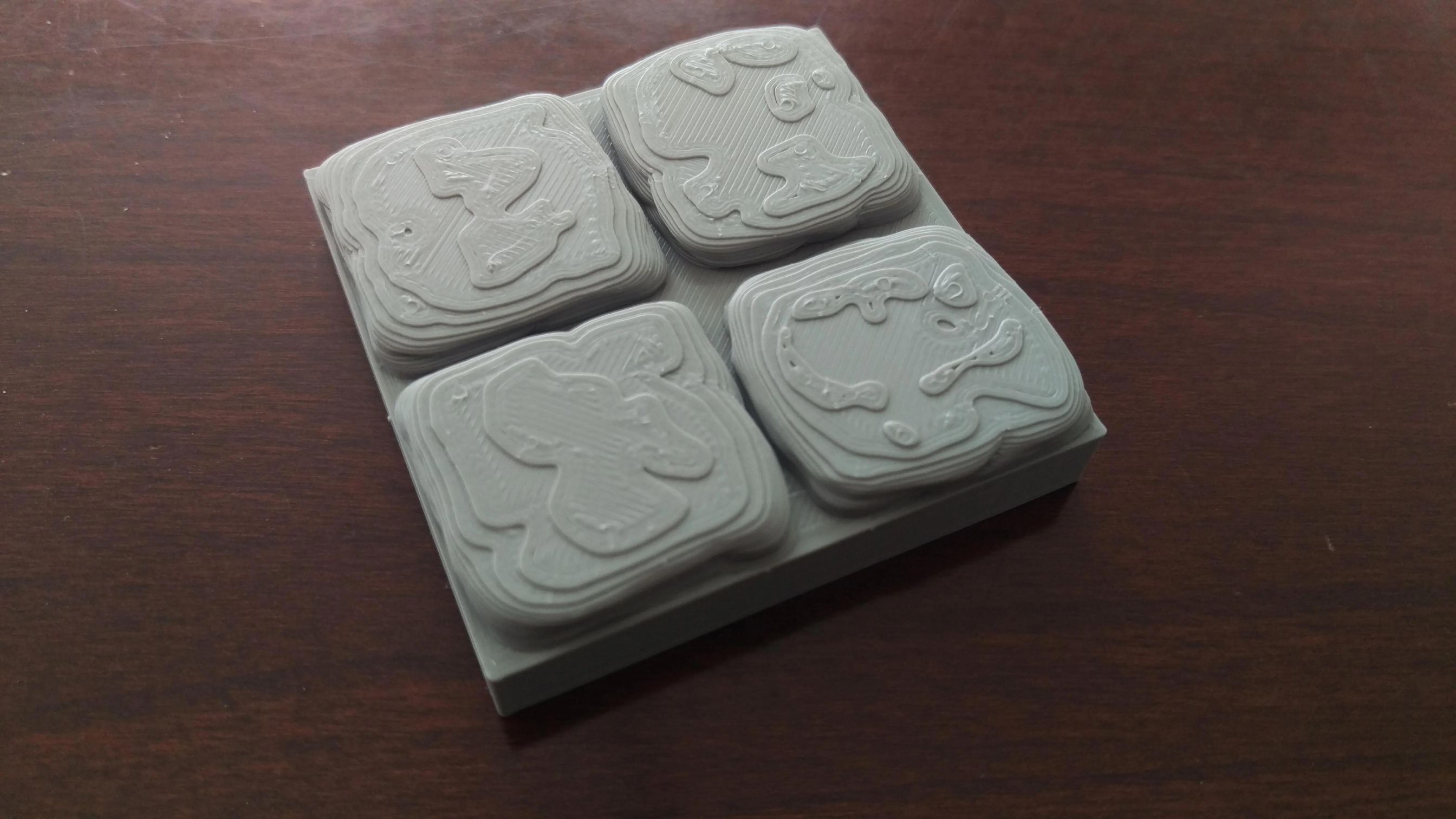
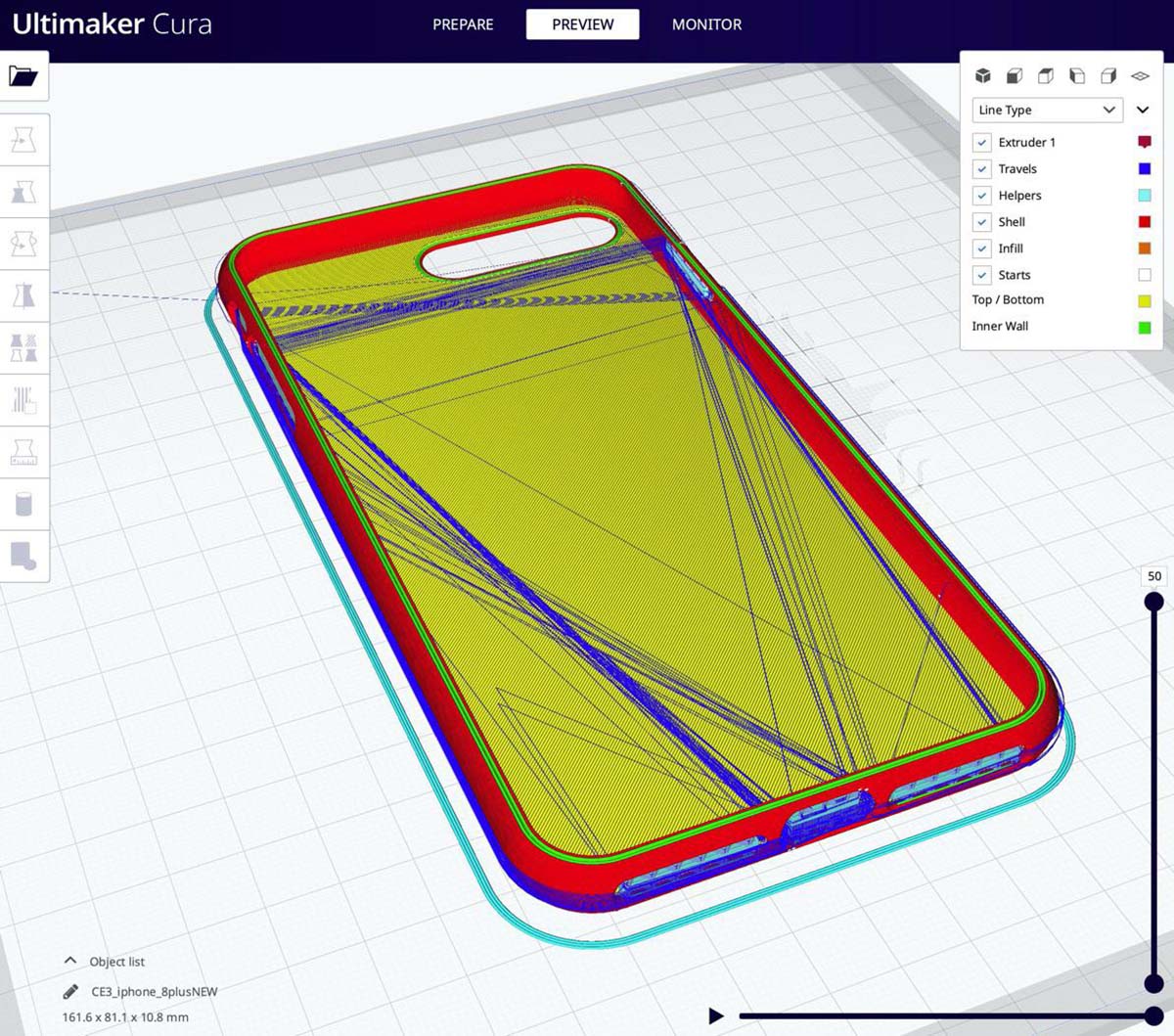
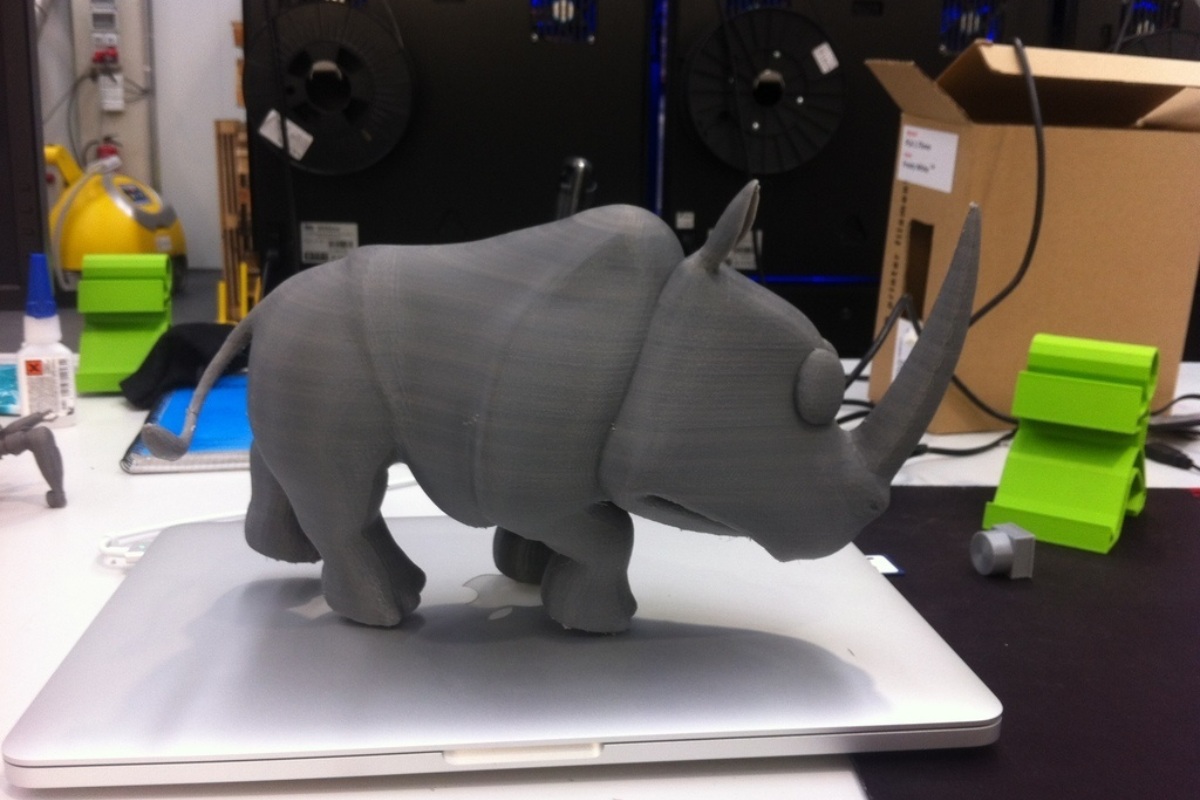
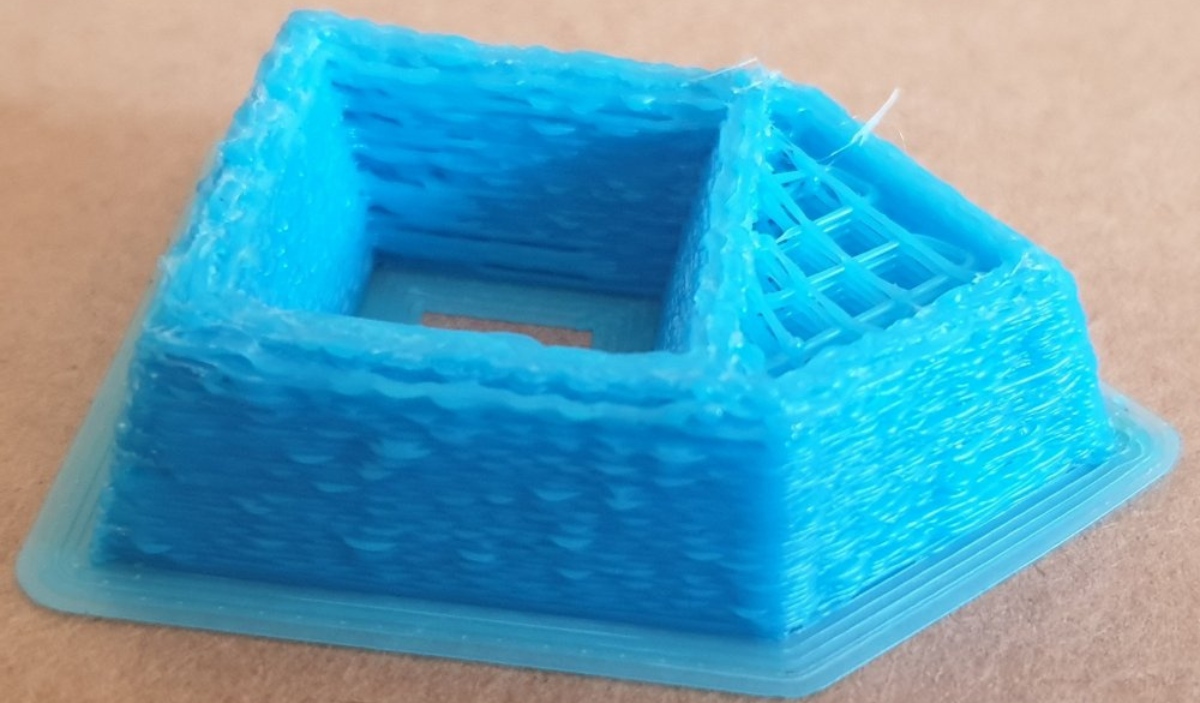
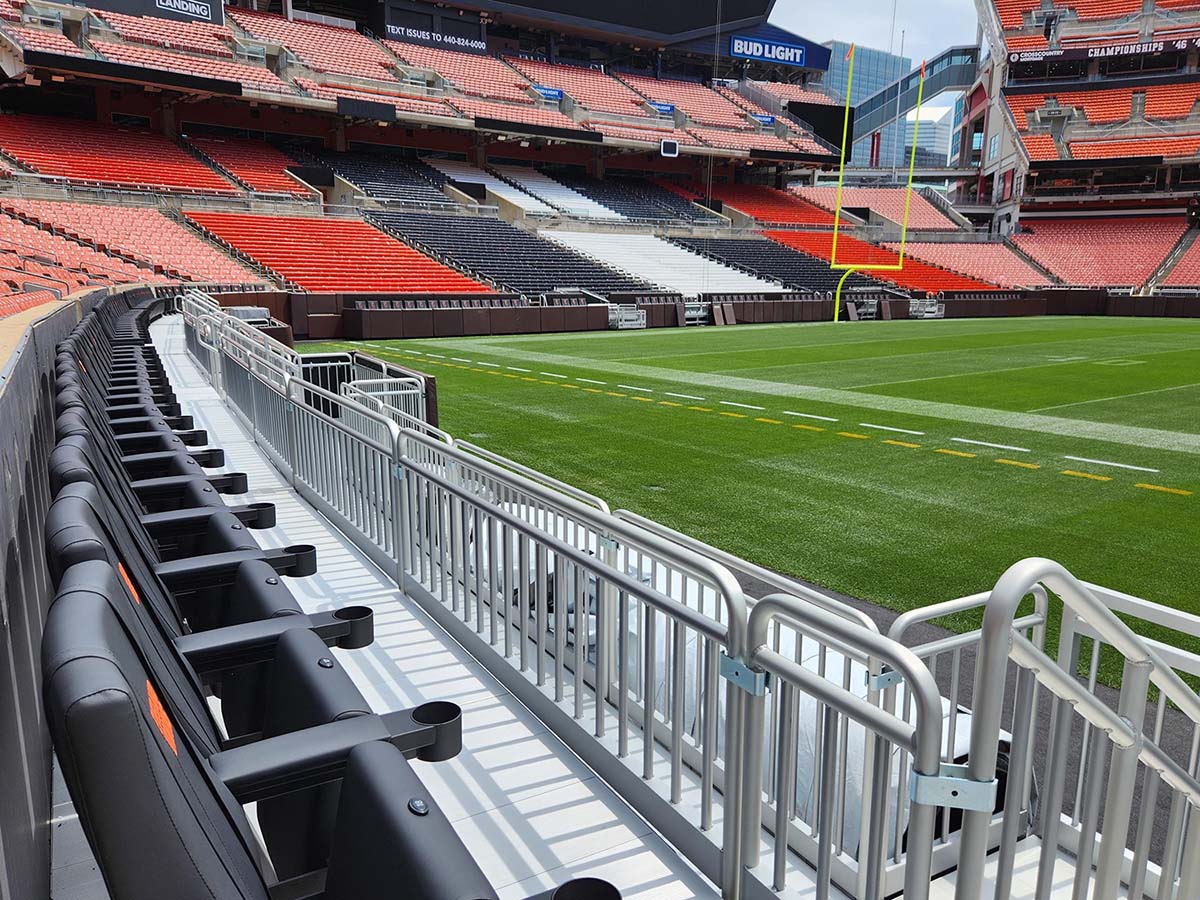
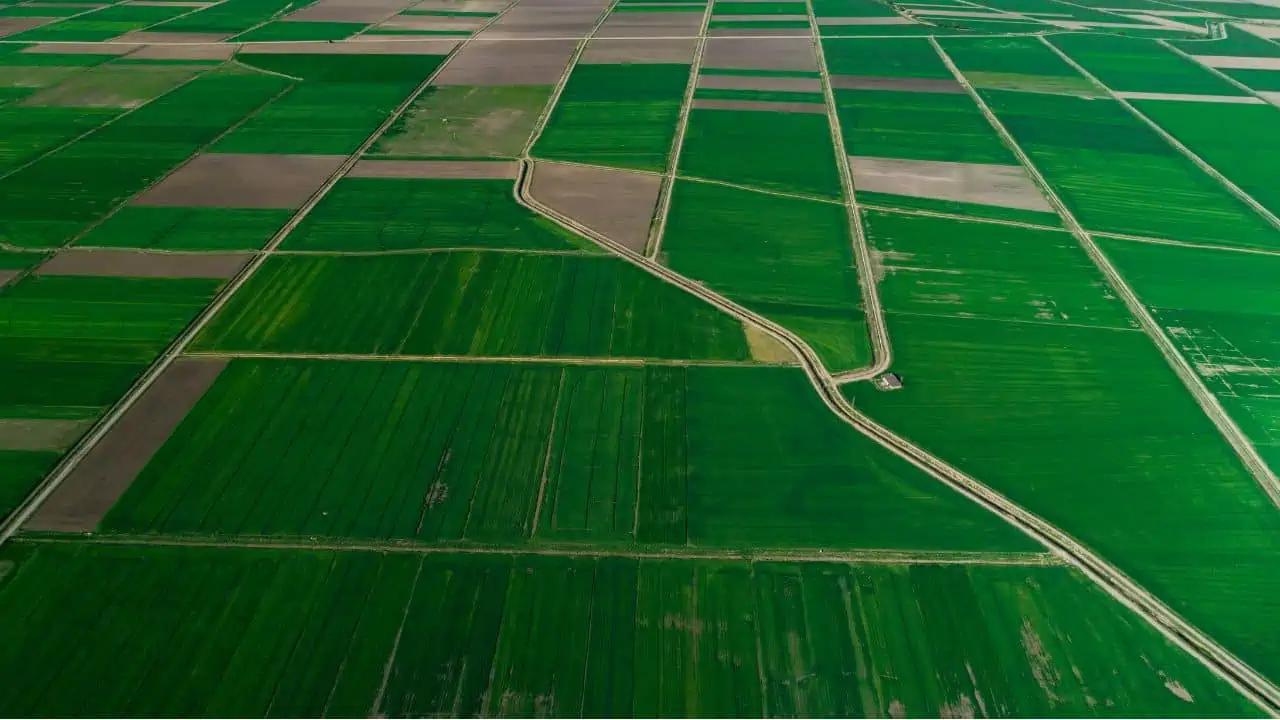
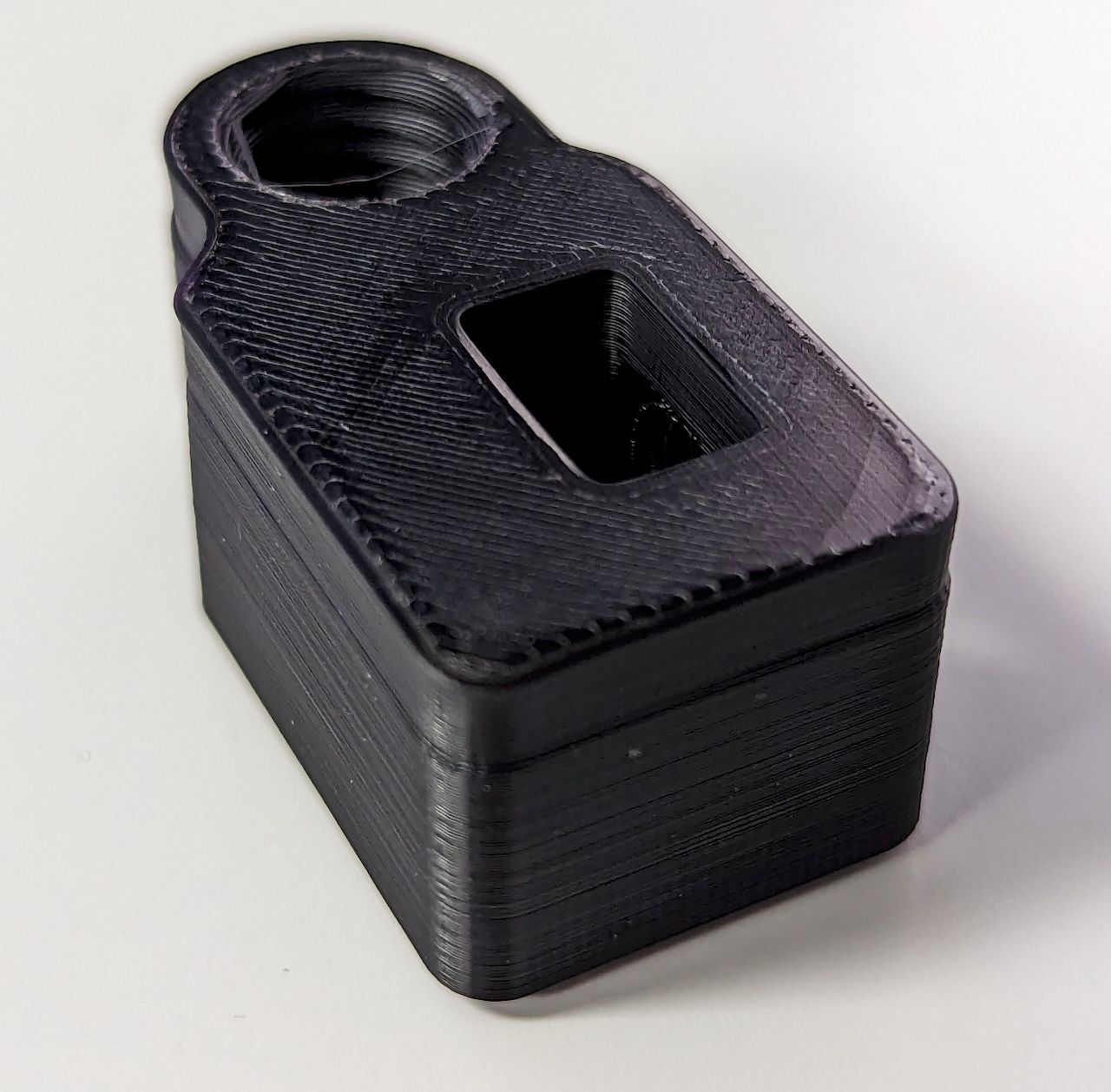
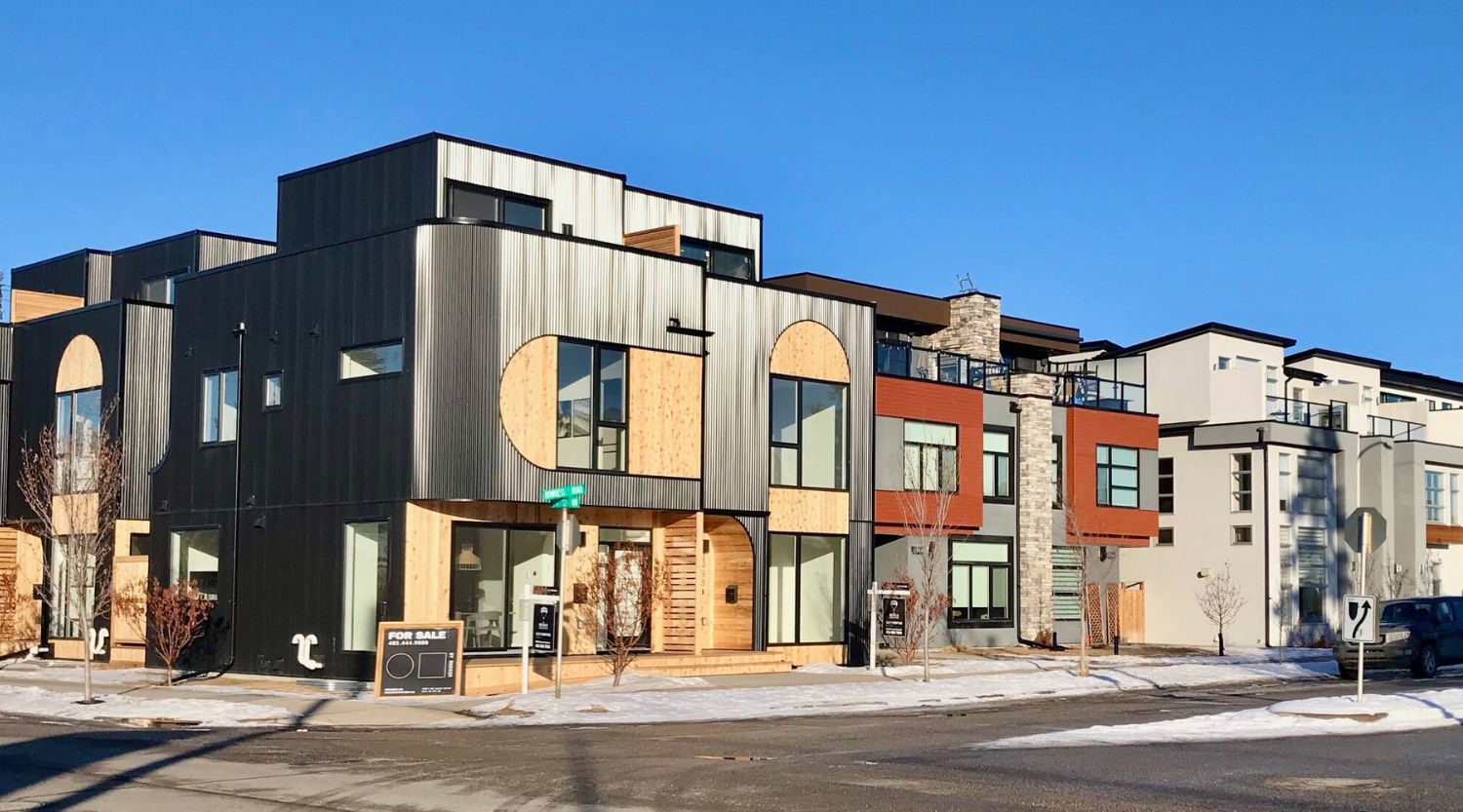

0 thoughts on “Why Is The Infill Brittle”